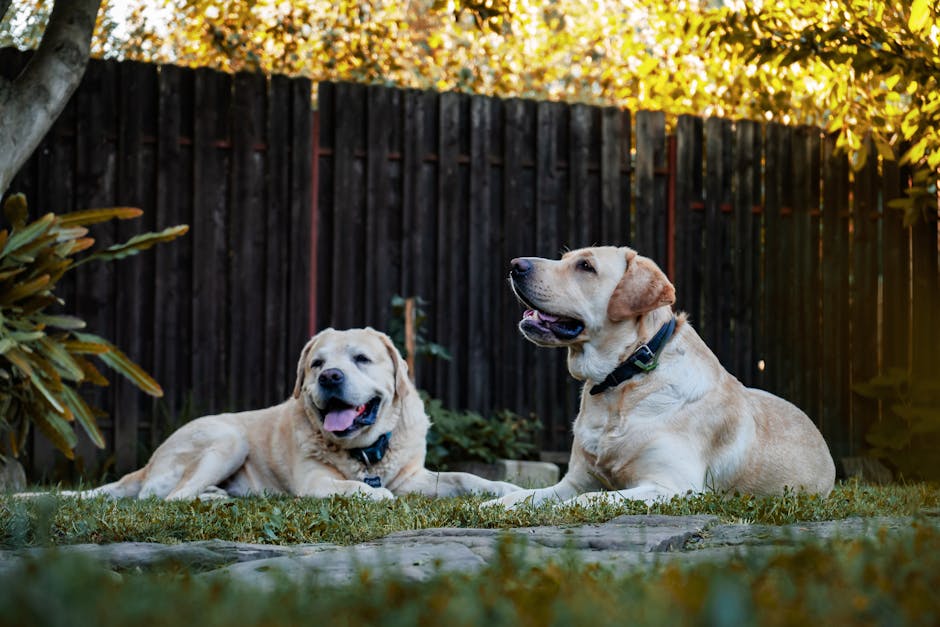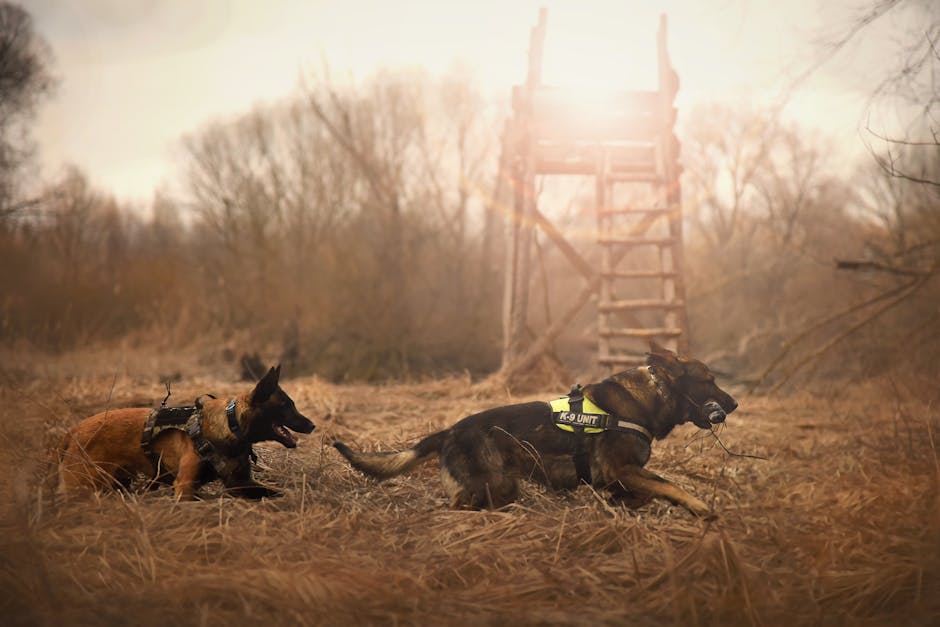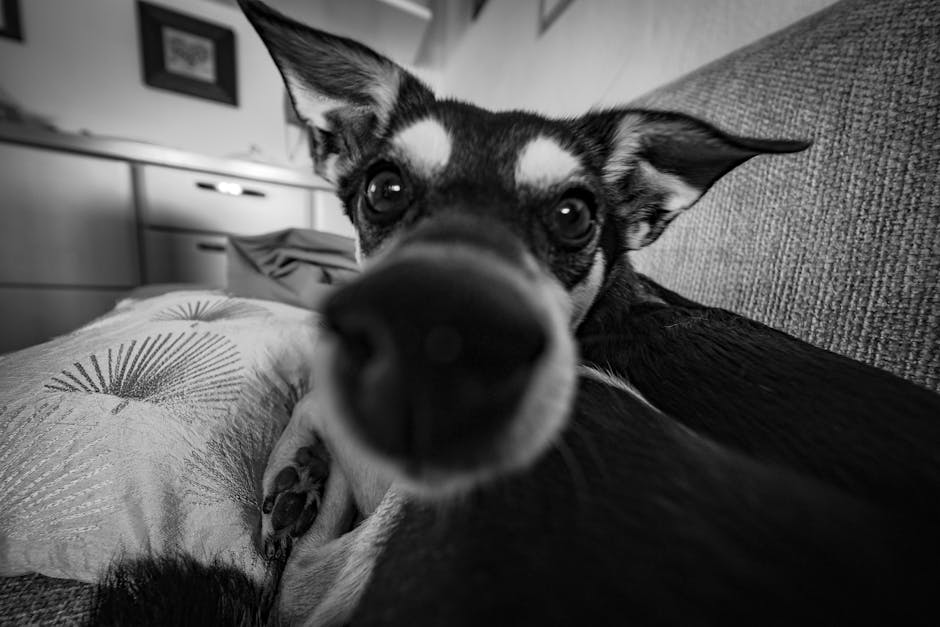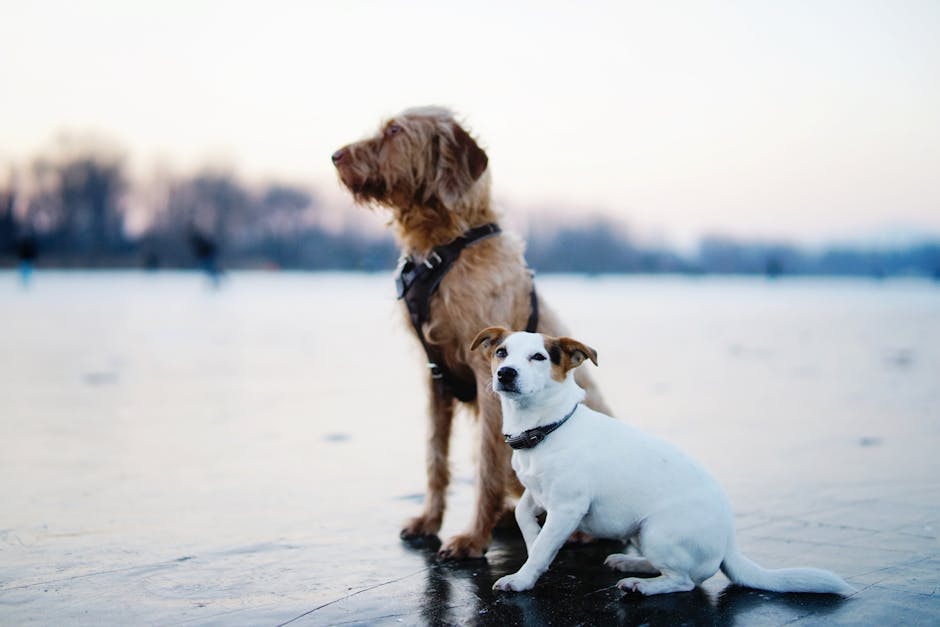Can Dogs See Well In The Dark?
Many people believe that dogs are not able to see very well at night, but this is simply not true! Some animals (such as cats) have sharper eyesight than humans do, which makes sense since they rely on their vision for survival of nature.
For humans, our eyelids and skin work as filters to help us perceive light by absorbing or scattering some wavelengths. This way we can easily see what’s going on around us during the night when there is little ambient light. For example, if you were walking down the street at night with your dog, someone could walk up and take him away without his knowing it.
But how well does canine sight really work at night? Does heperceptual ability vary between breeds and individuals? If so, what factors influence perception of light and dark? And most importantly, why don’t all dogs seem to have the same level of nighttime visibility?
This article will discuss these questions and more. So put on those shoes you've been wanting and get ready to explore the world outside like never before!
Disclaimer: The content in this article should be considered opinion material. While every effort has been made to ensure factual accuracy, aboutness, and impartiality of this information, Healthline/ASA cannot assume responsibility for its use. In other words, make sure you check out these tips yourself, and always apply appropriate research levels before applying any knowledge here.
How can you tell if your dog has good dark vision?

The best way to determine whether or not your dog is able to see well at night is by observing him during outdoor activity sessions. If he seems comfortable, relaxed, and confident when navigating around outside lights then he probably does have adequate night vision.
If, however, he becomes nervous, restless, or looks like she’s having trouble focusing her eyes, this may indicate that his ability to see clearly in low-light conditions needs improving.
You can also ask friends and family who've seen your canine companion recently if they noticed any differences in their level of sleep, mood, or general demeanor. These individuals could possibly comment on whether their observations matched our initial one!
So, how do we improve dogs' night vision?
There are several things you can do to help ensure your four-legged friend has optimal vision while exploring the great outdoors after dark. Here are some tips for training your dog to enjoy nighttime strolls beyond the fence.
Excessive eye rubbing
When dogs walk outside or even when they are resting, there is always that one dog who keeps looking up and down constantly. This is called excessive eye rubbing.
This can be annoying for your dog’s owner as well as other people around them. If you notice this behavior, it is important to address it immediately!
Something that may contribute to eye rubbing in dogs is if their eyes are just not fully healed from before. This happens sometimes due to allergic reactions, ear infections, or both.
If your dog seems nervous or irritable while indoors or during nighttime activity, it could be because of eye problems. Make an appointment with your vet so she can check this out.
She will probably ask you about symptoms such as drooling, heavy eyelids, and squinting. These are all signs that something is wrong with her vision.
Use of bright lights

When walking your dog at night, use of natural light or artificial light is important to ensure they can see where they are going. If possible, carry a flashlight so you can check on your dog while he/she is outside!
Many people believe that dogs cannot perceive visible light well, but this isn’t completely true. Many breeds have very good visibility due to their thick fur. For example, most German Shepherds have quite a amount of undercoat which helps protect them from the cold.
However, as puppies grow up their coats thin down and sometimes not all of it grows back, making them less protective. As such, make sure your pooch has enough time to develop their protective layers before letting them out during winter nights!
Another misconception about dark vision is that shades will help improve perception. This is false as darker lenses in goggles may actually impair overall vision slightly by blocking some wavelengths of light needed for clear sight.
Obscured or faded eye markings

Another way to test if your dog can see well at night is by looking into his eyes. If you cannot clearly read his eyes, he may not be able to perceive light very well.
Eye tests for dogs work best when both person performing the test and dog are awake and relaxed. The person should hold their hand about six feet away from the animal’s face and look directly into the dog’s eyes. They should try to make out what color they are and whether there are any lines that indicate the presence of eyelashes or tears.
It is important to note that most dogs have a darker tan line around their eyes during the day, but as time goes on this fades away.
Eyelid drooping

Many people believe that dogs can’t see well at night, but this isn’t completely accurate. Some breeds of dog have very dark eyelashes which help conceal their poor vision.
Many people believe that dogs cannot perceive light rays after dusk, however, this is not totally correct either. Certain shades of brown or black fur will block some of the light from getting to your dog’s eyes, thus impairing his ability to see.
This theory is contradicted by studies conducted years ago, before technology allowed for better visibility. Back then, researchers would test how well dogs could recognize familiar smells after darkness was imposed. They found that most dogs were still able to do so just as well if not better than they did during the day!
So what are the consequences of giving your dog less sleep? He may become more active (which is good) but he may also become socially anxious and/or aggressive towards other animals and humans (both bad).
Eyelid twitching

For some dogs, just being exposed to light can be enough to make them blink or squint their eyes. This is called eyelid twitching, and it usually does not correlate with something going wrong for the dog.
If your dog has been diagnosed with cataracts or glaucoma, then of course they will need as much light as possible to help see. However, this article discusses other reasons that your dog may need to have an adequate amount of light during sleep times.
You mentioned before that some dogs struggle with darkness when they are young. Sometimes these issues linger into adulthood, so it’s important to identify if this is happening to your dog and what factors might be triggering it.
Dogs who lash out while sleeping are often found to suffer from anxiety or stressors like moving or changes in environment. If you notice any changes in how your dog behaves or sleeps, we recommend talking about it with your vet.
Red eyes

Most people assume that dogs have better night vision than humans, but this is not always the case. In fact, some breeds of dog actually have worse night vision than many other species!
Some dogs develop red eye coloration due to inflammation or dryness caused by allergies or health conditions. This can make it more difficult to see even a few feet away in low light.
If your dog has red eyes, you should take them to the doctor for an examination. Although having these symptoms doesn’t mean your dog has parvo, rabies, distemper, or another contagious disease, it is important to get checked out just as if they were.
Effects of dark eye sockets

Many people believe that dogs cannot see well at night, but this is not true! If you look at a dog after midnight, his or her eyes will be just as clear as they are during the day.
This theory was popularized back in the 1970s when there were reports of some dogs being unable to “see” properly in low-light conditions. The owners of these dogs would then tell stories about how their dog could not detect the movement of an object even though the owner moved it.
These myths have been debunked many times since then. It is very difficult to prove whether or not a particular dog can “see��” better than normal at night, so most experts agree that it is impossible to determine if any individual dog is totally blind in low-light situations.

